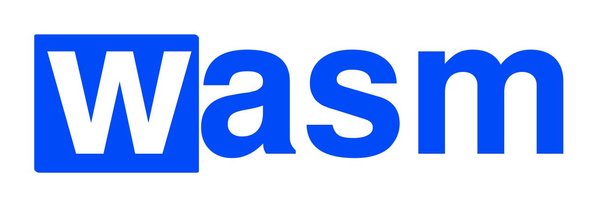HTTP/3 - The new web
What is QUIC?
QUIC (Quick UDP Internet Connections) is a new experimental protocol that promises to make web page connections faster, reliable and secure by default.
QUIC tries to make an HTTPS connection between a computer (phone) and server work reliably despite the poor conditions, it does this with a collection of technologies.
It is very similar to TCP+TLS+HTTP/2 implemented on UDP.
Expected Features of QUIC?
End-to-End encryption (All QUIC connections are fully encrypted)
Forward-Error Correction (FEC), this helps to reconstruct the message when it is garbled
Error-Correcting codes, this allow missing data to be reconstructed
Solving HTTP/2 HoL (head of line blocking) problem.
One of the slower parts of a standard HTTP/2 over TCP connection is the very beginning of http request. When the app or browser makes a connection there’s an initial handshake at the TCP level followed by a handshake to establish encryption. Over a high latency connection (like 2G/3G) which creates a noticeable delay. Since QUIC controls all aspects of the connect it merges together connection and encryption into a single handshake.
What's HTTP/3?
Now it's official that, HTTP/3 (earlier referred as HTTP-over-QUIC) is the coming new HTTP version that uses QUIC for transport!
Other Resources and Sources:

